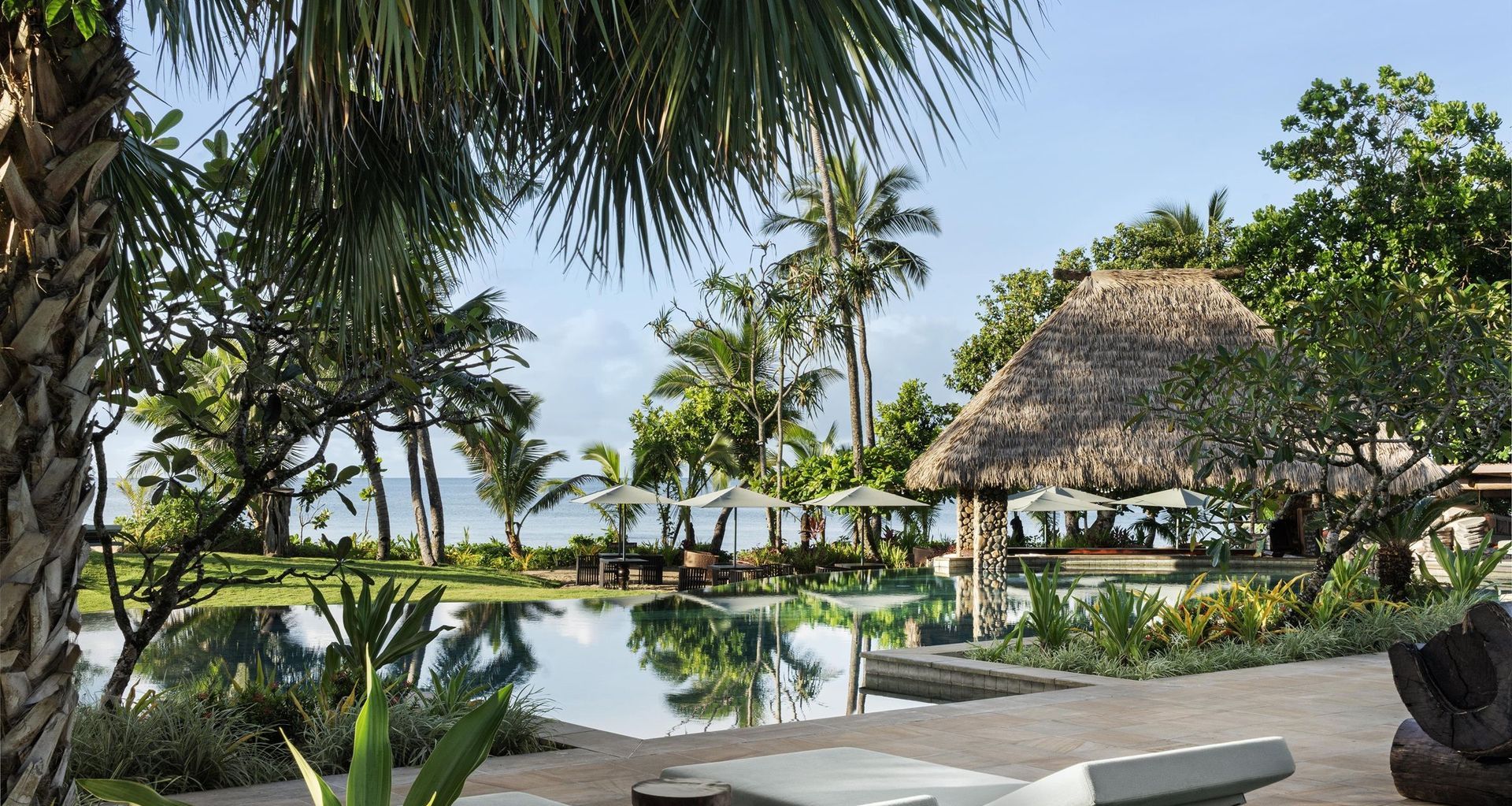Tropical Architecture - August 2025

This is the time of the year that many Kiwis head off to the Islands to get some sun.
Over the years we have undertaken work in the South Pacific and learnt how to design to suit their specific environmental requirements.
One of the major hazards to be aware of is cyclones. Structures need to be strong enough to cope with extreme wind loads, with special attention given to securing roofs and other building elements to cope with strong uplift forces and prevent roofs from flying off. One design strategy is to allow wind to blow through the structure to even the pressures between inside and outside. Provision for shutters to protect windows during storms are a consideration and these can be integrated into the architecture and can even help to inform the local vernacular.
Some island nations such as Vanuatu are also susceptible to earthquakes. In fact, they experienced a major earthquake larger than Christchurch’s late last year. Their rebuilding is based on latest New Zealand codes, and in some instances they have increased their seismic design requirements over New Zealand’s.
Sea level rise is a major issue for some of the island nations with many of their built-up areas located on low lying atolls. This is especially true for the Maldives which has 198 inhabited islands with many potentially under threat.
With many island nations having limited local building material supplies and a shortage of skilled labour for large projects, we need to consider how buildings will actually get built. For example, one hotel in Fiji currently is having one block built out of concrete and the other out of steel because there isn’t enough skilled labour in each relevant trade to build both out of the same material!
Careful consideration needs to be given to the specification of materials to ensure they are durable and resilient to cope with the local climatic conditions such as high humidity, rainfall and sunshine hours.
From an environmental sustainability point of view, it is usually better to source locally where possible to restrict adding more carbon into the atmosphere from transportation. And manufacturing and sourcing locally is beneficial to the island’s economy and communities.
So, when you are sitting by the pool sipping on your pina colada or Fiji Bitter, have a look around and think about what might blow away in a storm, crack or fall down in an earthquake, or be eventually submerged with rising seas. And if this is all too disturbing for you, then just relax, reach for that next drink and enjoy the sun, sand and clear blue water.
Avenues Magazine - August 2025
